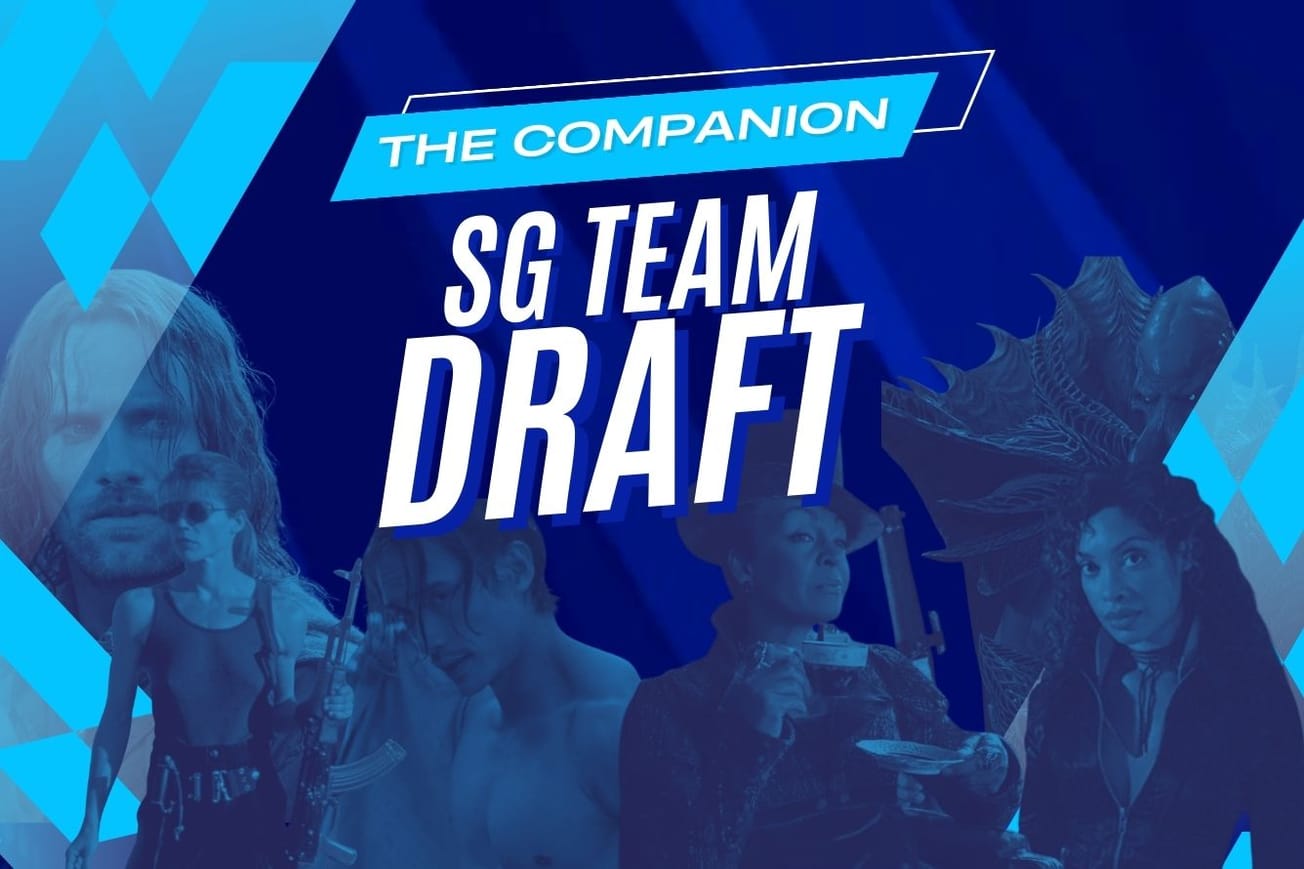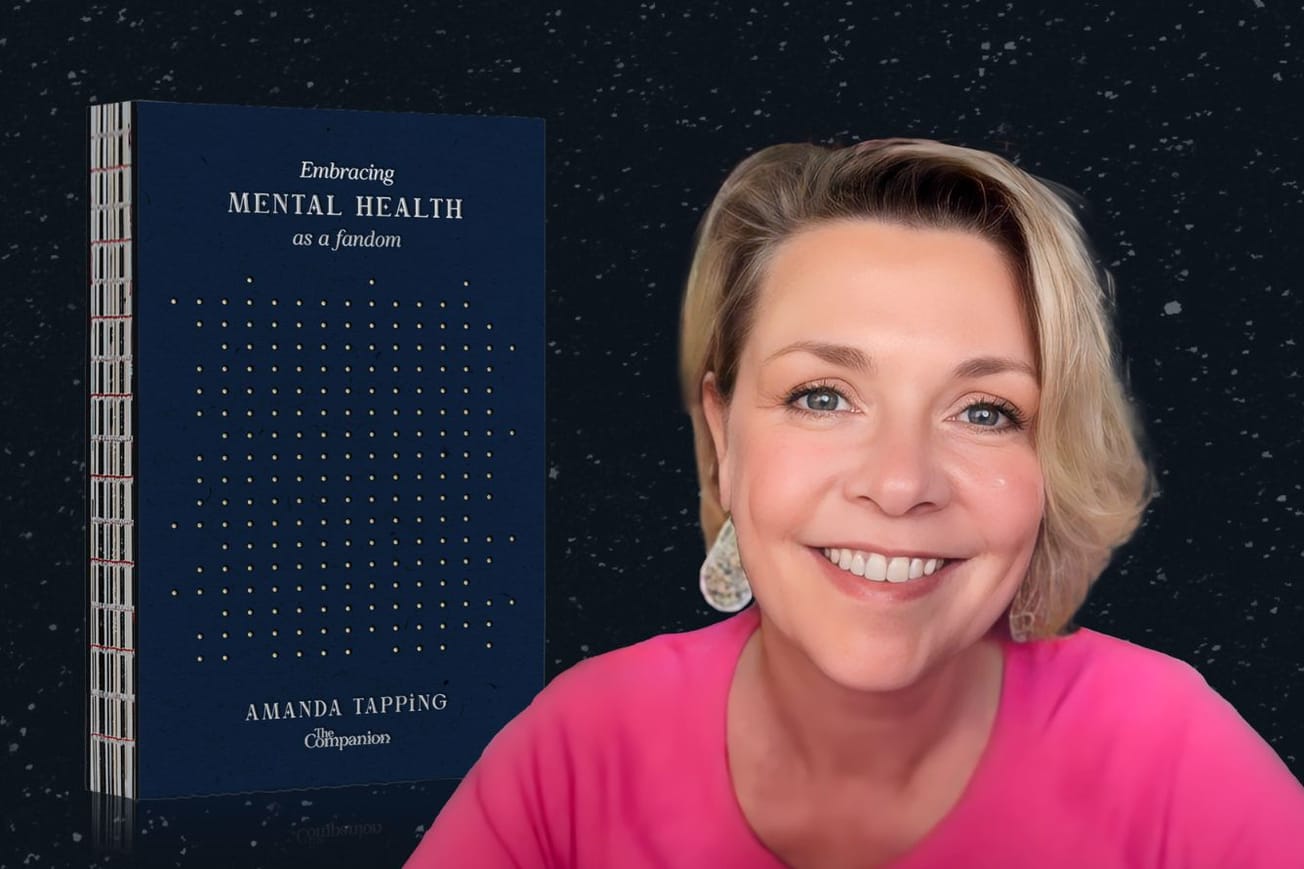In his seminal 1947 essay On Fairy Stories, J.R.R. Tolkien breaks down the literary form of the fairy story and presents a substantive and authoritative commentary on fantasy, mythology, and philology in the process. Although best known for his Lord of the Rings trilogy and Middle-Earth stories more broadly, in On Fairy Stories, Tolkien set the rules and terms for modern fantasy, and the reverberations of his work continue today.
For Tolkien, fairies and elves (he uses the terms interchangeably) are not diminutive Tinker Bells but mysterious, mythical, and fickle creatures. As he writes, “For the trouble with the real folk of Faerie is that they do not always look like what they are; and they put on the pride and beauty that we would fain wear ourselves.”
At its core, however, a fairy story is not merely about fairies or elves themselves, but the moral beings who journey, intentionally or mistakenly, into the realm of Faerie:
“Faerie contains many things besides elves and fays, and besides dwarfs, witches, trolls, giants, or dragons: it holds the seas, the sun, the moon, the sky; and the earth, and all things that are in it: tree and bird, water and stone, wine and bread, and ourselves, mortal men, when we are enchanted…
“The definition of a fairy-story—what it is, or what it should be—does not, then, depend on any definition or historical account of elf or fairy, but upon the nature of Faërie: the Perilous Realm itself, and the air that blows in that country. I will not attempt to define that, nor to describe it directly.”
Now, you may be wondering: what does all this have to do with Stargate?
Although a hard science fiction show, Stargate SG-1’s mythology can sometimes cause the plot to veer into the fantastical, following Arthur C. Clarke’s Third Law: “Any sufficiently advanced technology is indistinguishable from magic.”
One episode in particular, ‘The Nox’ (S1, Ep8), ventures far enough into the realm of fantasy and features enough of the appropriate tropes that I would consider it a type of fairy story itself.
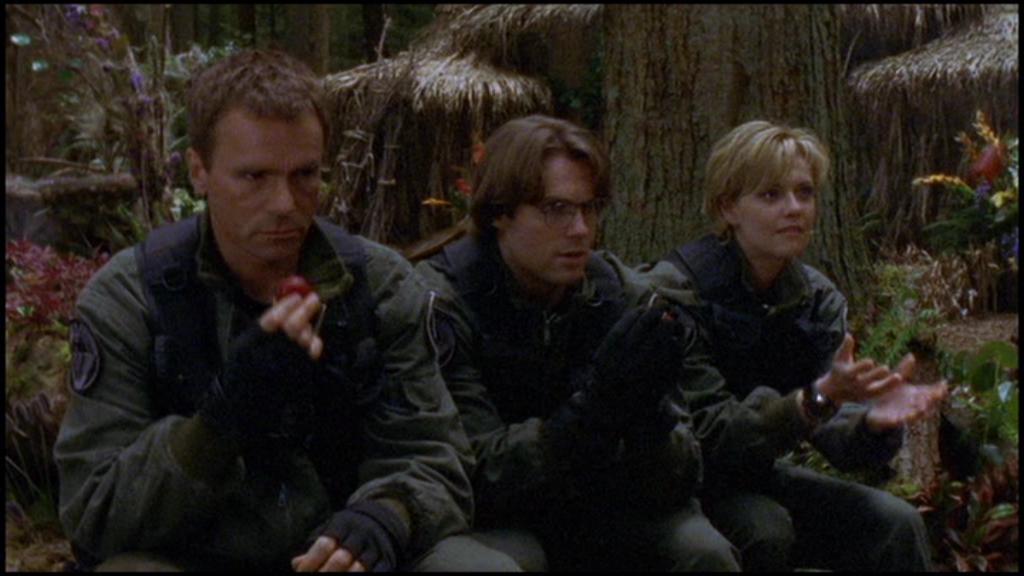
In the episode, SG-1 visits a mysterious planet to capture a creature with stealth capabilities. Moments after arrival, however, the Stargate disappears; we later learn that a biologically and technologically advanced race, the Nox, is responsible.
The episode does not answer the question of why the Nox made the Stargate disappear in the first place, at least not directly. But if we interpret this episode as a Tolkienian fairy story, then the answer is clear: SG-1 must complete their journey through the Perilous Realm, encountering all it has to offer, before they can return home.
The question is: why must SG-1 complete this journey? What lesson must they learn? And why do the Nox have a vested interest in teaching them this lesson? This article will walk through three potential answers to that question.
Humanity vs. Goa’uld: Can The Nox Tell the Difference?
Stargate SG-1 clearly frames humanity as the “good guys” and the Goa’uld as the “bad guys.” That much is clear. Yet the Nox doesn’t seem to share that framing, at least not initially. They treat the two species as two sides of the same coin, more like squabbling children than standard bearers of competing moral value systems.
In a way, it’s not difficult to sympathize with the Nox point of view. Although the Goa’uld have certainly committed more horrific, morally reprehensible acts than the human race, the difference may only be one of scale, not kind. It’s only because the Goa’uld has such advanced technology that they’re able to commit atrocities on a galactic level. Had some of humanity’s worst offenders been given the same means, odds are they would have accomplished much the same.
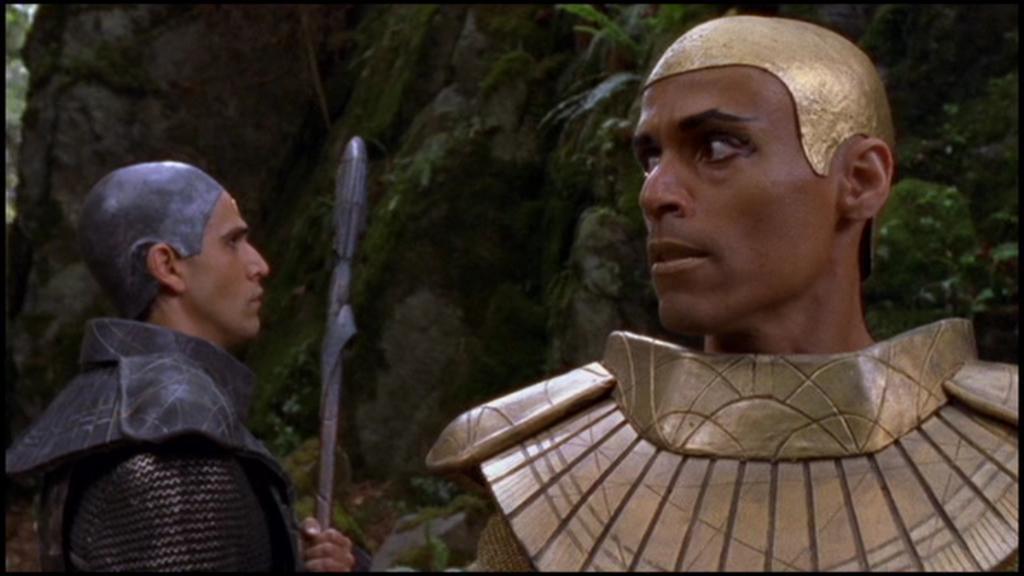
Even the argument that the Goa’uld take human beings as hosts don’t necessarily make them worse than human beings. We’ve been known to treat other species—and members of our own species—as objects, things to be bent to our own will, under compulsion of biological necessities.
One can easily make the argument that humanity bears no inherent perfection or moral superiority in itself. Rather, it’s a combination of circumstances and actions that lead to their goodness.
In fact, in the context of the episode and the events that the Nox witnessed themselves, it’s difficult to paint SG-1 as the victim of the situation. Their missions are identical: pursue the Fenri creature, capture it, and submit it to potentially brutal scientific experiments to learn its secrets.
Daniel Jackson: “I’m sorry, I thought we were explorers.”
Secretary of Defense: “Oh you are Dr. Jackson. But even Marco Polo, when he came back from the Far East, brought more than just a few exotic spices.”
Also, when SG-1 encounters the Nox for the first time, it’s clear that they are the aggressors in the situation. The fact that the Nox resurrect them when clearly the Goa’uld killed them in self-defense, shows their magnanimity even more strongly.
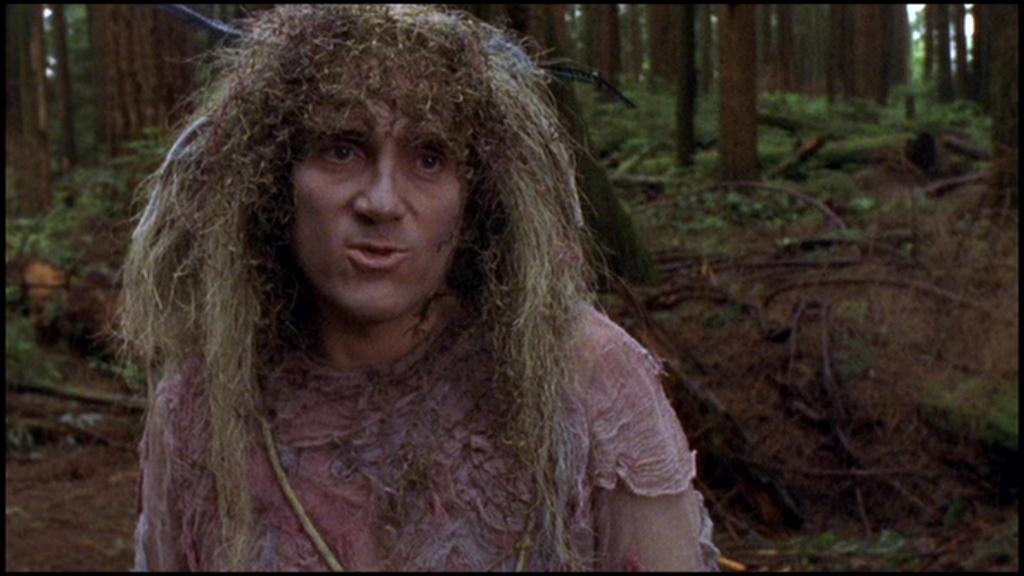
One of the things that makes Stargate such a compelling franchise is that the present-day characters make it easier for us to relate to them, and to see through their eyes. We assume that they’re the heroes of the story because we want to believe that, in a similar situation, we would be heroic as well. And for the most part, SG-1 is a team of quintessential heroes.
But the problem arises when they assume that everyone would see them as heroic. By entering the Perilous Realm of the Nox (or Faerie), they quickly realize that their perspective is just that: a perspective, and by no means an absolute truth.
While the characters don’t wrestle with this moral dilemma themselves, we should seriously consider this question, and ask ourselves: how far are we from the brink of evil itself? It’s a harrowing thought, but one that is essential to consider if we’re going to avoid repeating the brutal mistakes of the past.
The Nox’s Lesson for SG-1
Upon discovering the Nox, it’s immediately clear that these people are quite different not only from SG-1, but any of the humans we’ve encountered in the galaxy thus far. While previous travels have introduced us to long-lost offshoots of recognizable Earth civilizations, the Nox are clearly alien—or, in Tolkien’s words: Faerie.
Although humanoid, the Nox are diminutive creatures, their clothes, dwelling, and mannerisms indicate humility, harmlessness, and harmony with nature. They appear to be less advanced than SG-1, not more, ability to raise the dead aside. The team, especially O’Neill, confuses their pacifism and nonviolence with naivete, believing that the Nox are truly in jeopardy despite their protestations.
But over the course of the episode, our heroes learn that these assumptions are not only unfounded, but they’re the exact opposite of the truth.
“Perhaps one day you will learn that your way is not the only way.”
In fact, at the end of the episode, Anteaus (the leader of the Nox family) reveals a giant city hovering over the forest, powered by technology more advanced than not only Earth but the Goa’uld as well. As it turns out, the Nox were never really in danger from the Goa’uld, just as they had insisted multiple times.
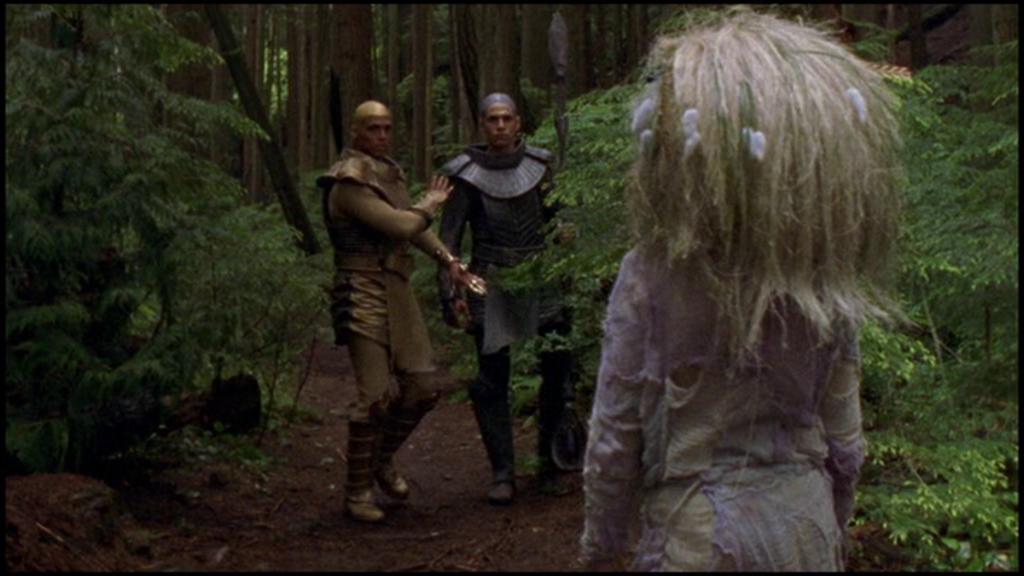
Of course, all the signs were there. The Nox treated SG-1 and the Goa’uld more like bickering children than a real threat. Their medicines and seemingly mystical powers proved more advanced physiology than the average human or even Jaffa. Their intelligence was such that they could easily pick up human speech from just a few sentences, and they were able to perform mathematical conversions and calculations very quickly.
But because the Nox did not meet SG-1’s expectation of what an “advanced” society should look like, they disregarded all these clues and leaned into their own false assumptions.
At the end of the episode, it’s clear that the Nox know what they’re doing, probably a lot better than humans. Had SG-1 adopted a more Noxian attitude toward the situation—trying to understand their mysterious benefactors better rather than project their own assumptions onto them—perhaps things would have ended up differently for them.
If SG-1 makes one fatal assumption during their encounter with the Nox, it’s that assumptions kill. Literally.
Teal’c: “It appears they possess a technology far greater than that of the Goa’uld.”
Samantha Carter: “They looked so helpless.”
Daniel Jackson: “Now they’ll bury the Stargate and we can never come back. We should’ve listened.”
The Problem of Perspective in SG-1
In 2016, technology ethicist and political philosopher Patrick Lin offered some thoughts on the question: why does there seem to be a disconnect between technological and social advancement? In brief, he cited three reasons:
- Technology can be seen as a bandage or crutch, fixing problems without forcing humans to improve themselves
- Modern, technological societies overvalue empirical knowledge at the expense of ethical and philosophical knowledge
- Wisdom is much more difficult to maintain than technology
- Technological advancements do not depend on majority consensus but on the work of a few select innovators
In other words, there are a number of plausible reasons why technological advancement can not only stall the development of the species but also cause regressive trends to emerge. The Nox demonstrate this fact perfectly—they lead an impressively simple life, yet seem to have a deeper understanding of the universe and a stronger moral compass than other seemingly more “advanced” species.
Now, don’t get me wrong: I’m not knocking on technology. After all, I’m writing this article on a laptop, sharing via email, and posting it on an online publication and app. Plus, the Nox are clearly technologically advanced, so their close relationship with nature can’t be taken as an eschewing of all technology either.
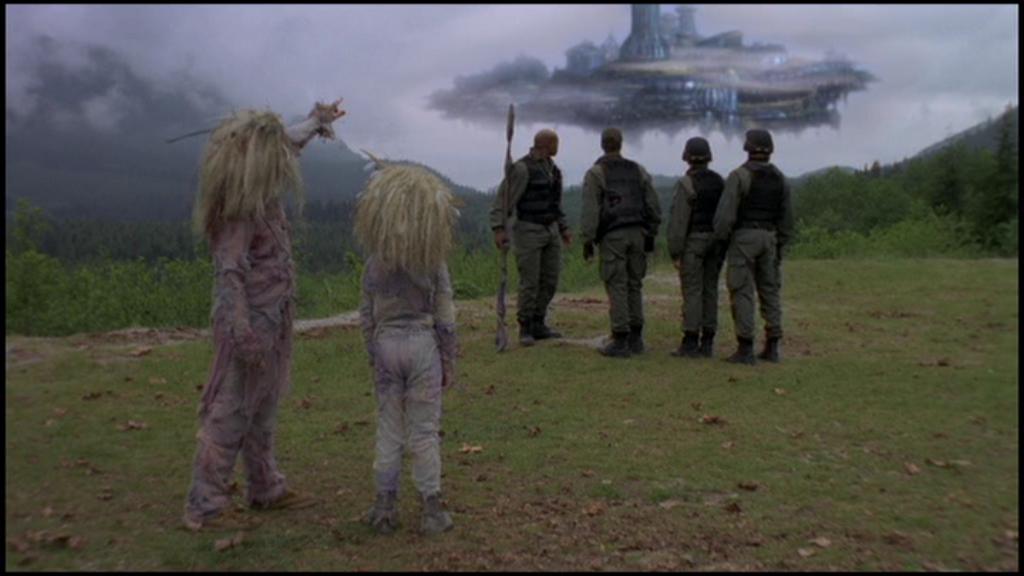
The problem isn’t the technology itself, but the relentless pursuit of technological advancement as a means to an end, or worse, an end in itself. This is one of the reasons why holding tight to older traditions—like philosophy, imagination, and the fairy story itself—is so important.
Technology is a wonderful tool to help us live our lives better. But it doesn’t answer the question: what should we live for? That question, I believe, is fundamental to the human experience.
SG-1 arrives on the planet in pursuit of a technological aim, the same as the Goa’uld. When they leave, however, they discover that there was something more valuable there all along. Not a tool or power to be exploited, but the opportunity to learn from one of the oldest and wisest species in the galaxy. And, unfortunately, it’s an opportunity that they let slip through their fingers.
Although often underrated as part of the Stargate SG-1 canon, ‘The Nox’ serves as an important stepping stone for the franchise, and in the character arcs of our major heroes. This episode begins a journey that will continue with the discovery of the Asgard, the alliance of the four great races, and even the great discovery of Atlantis itself.
In the end, it reminds us that not only is humanity not alone in the universe but that our way of looking at the universe is not the only correct one. By forcing a journey into a realm different from what we’re used to, ‘The Nox’ opens the door to new questions and perspectives, expanding the perspective of our heroes and, hopefully, us as viewers too.
This article was first published on August 17th, 2022, on the original Companion website.
The cost of your membership has allowed us to mentor new writers and allowed us to reflect the diversity of voices within fandom. None of this is possible without you. Thank you. 🙂





